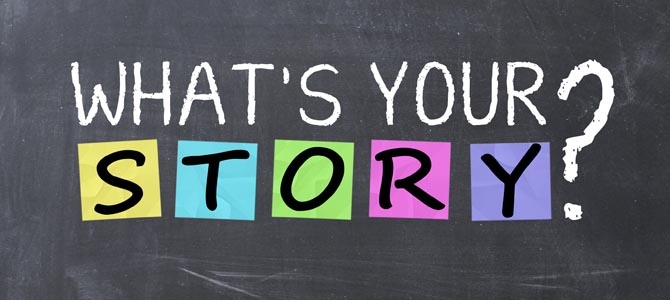
It was the midst of the Great Recession, and about one in ten people across the U.S. were out of work. Amadou was one of them.
Unemployment benefits helped his family, for a while. But he had worked for a low wage, and his benefits were only a fraction of that—and then they ran out.The only thing keeping Amadou, his family, and lot of families in Somerville, Massachusetts from starving was the SNAP program—what we all call “food stamps.”
I knew Amadou. And I knew the anti-poverty agency where I worked was signing people up for food stamps...and saving lives. But how could I show that to our donors?
Should I tell them that the agency helped 300 families get food stamps in one year? Most of our donors would have no way to tell if that was a big number or a small one, for the low-income people in our city.
Should I tell them how our agency convinced the food stamp bureaucracy to accept applications right there in our office? Because of us, Somerville families didn’t have to take a bus to a train to another train to apply for food stamps, spending hours getting there and back. But how much would that mean to the person who doesn’t use SNAP?
First, he told the story of a hard-working immigrant trying to make a better life for himself and his family to the community newspaper. They published it with a photo of his family, at home, putting a face on the words “food stamps.”
Then, the agency used Amadou’s story in our own communications: in our print newsletter, on our website, on our Facebook page.
Finally, we included it in a fundraising appeal. We told our donors that because they supported our efforts, Amadou and his family (and hundreds like them) would make it through the Recession. And our donors responded.
If you want me to act, you have to touch my heart. Storytelling is the most powerful way to engage the emotions of your donors. As Network for Good tells us,
Donors tend to give twice as much when presented with a story about an affected individual, as opposed to reading huge abstract numbers of the overall scope of a problem.
Storytelling also gives your Board members a way to answer their friends who ask, “What does that group do, anyway?” But it only works if people at your nonprofit organization know how to recognize stories, collect them for future use, and tell them in a captivating way.
To recognize a story, think of those tales we heard as children. What made us ask our parents, “Tell me a story”? and then, “Another”?
Try telling a child, “A girl went into a stranger’s house, sat in a chair, and ate some porridge. Then she lay down in a bed and fell asleep. The house belonged to a family of bears. Fortunately, she woke up and ran away. The End.”
Do you think your child will ask for that story again? I don’t either!
Just because something has a beginning, a middle, and an end doesn’t mean it’s a tale that will capture the imagination and move your donors to give.
As Andy Goodman tells us, “To make sure you cover all of the basics of story structure, here are the beginnings of seven sentences that can help you with the process.”
You can learn more about how to find and tell powerful stories by signing up for a Nonprofit Academy webinar that I’m presenting: Where’s the Story Here? Nonprofit Storytelling for Fun and Profit. You will learn:
Need additional help with creating content? Click below, we can help!

Read the full article at:Fundraising Coach
Tapp Network is a marketing & technology firm serving nonprofits and organizations seeking to accelerate their social impact, capacity building, and revenue growth for good.